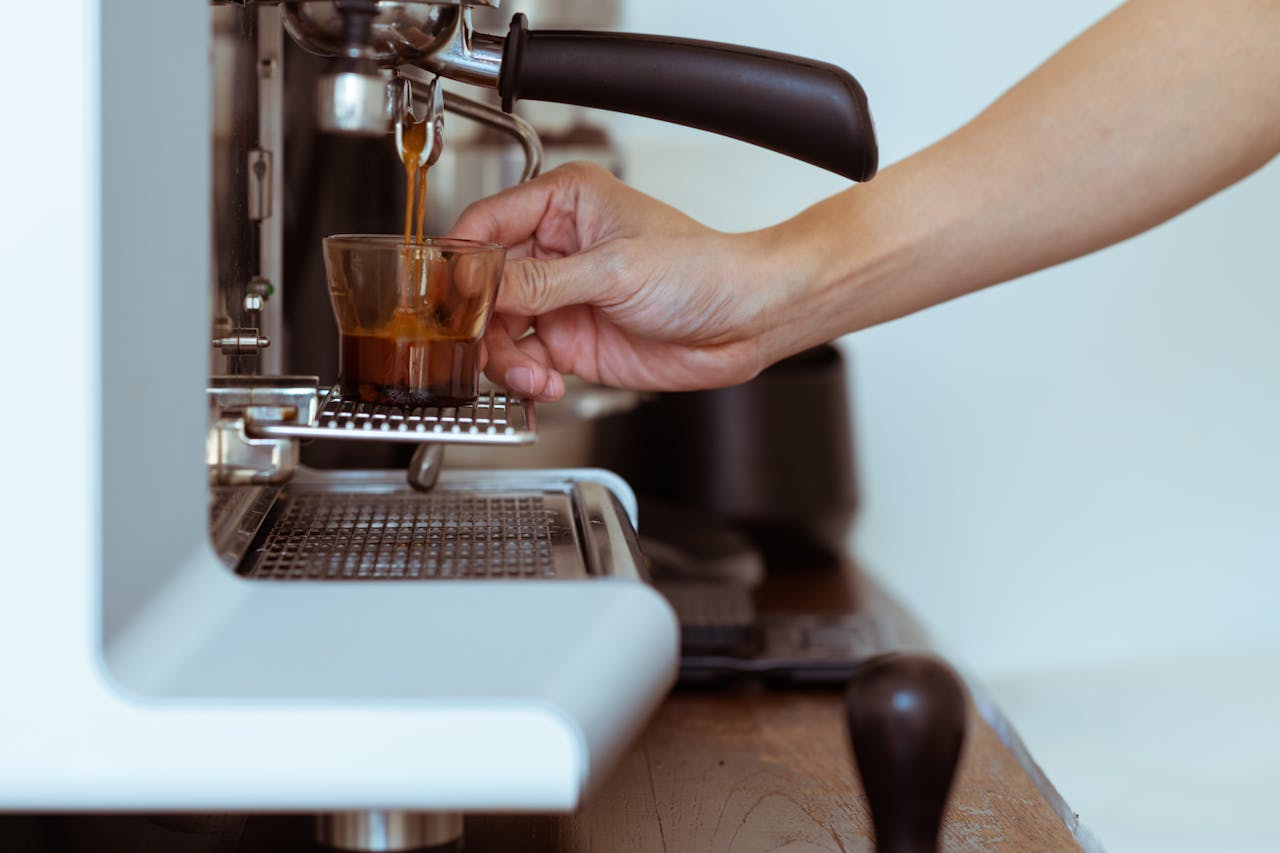When it comes to brewing coffee at home, choosing the right coffee maker can feel like a big decision. With so many types available—from classic drip machines to fancy espresso makers—it’s easy to get overwhelmed. But don’t worry, finding the perfect coffee maker for your home is simpler than it seems. Whether you’re after a quick cup in the morning or a barista-worthy brew, this guide will walk you through the options, helping you decide which coffee maker fits your style, taste, and budget.
1. The Classic Drip Coffee Maker
Drip coffee makers are the workhorses of the coffee world. They’re straightforward, reliable, and perfect for brewing large quantities at once. If you love the idea of waking up to the smell of fresh coffee or serving multiple cups with minimal effort, this is your go-to option.
How it works:
Drip coffee makers heat water and drip it over coffee grounds, which sit in a filter. The brewed coffee then drips into a carafe, ready to serve. Most drip machines allow you to brew between 4 to 12 cups at a time.
Who it’s for:
Great for families, coffee drinkers who need multiple cups throughout the day, or those who prefer a no-fuss approach to coffee. It’s also ideal if you entertain guests and need a steady flow of coffee.
Practice Tip:
Invest in a machine with a programmable feature, so you can set it to brew before you wake up. Additionally, using freshly ground coffee and filtered water can significantly improve the flavor of your coffee.
Pros:
-
Easy to use, even for beginners
-
Can brew a large amount of coffee at once
-
Many models come with programmable timers, adjustable brew strength, and warming plates
Cons:
-
Not ideal for small households or those who only want one cup
-
Coffee can become stale if left sitting on the warming plate too long
2. Single-Serve Pod Machines
Pod-based coffee makers, like Keurig and Nespresso, have revolutionized convenience in the coffee world. With just the push of a button, you can have a fresh cup of coffee, tea, or even hot chocolate in minutes. These machines are perfect if you value speed and convenience over customization.
How it works:
Insert a pre-packaged coffee pod, close the machine, and press a button. Hot water passes through the pod, and your coffee is ready in less than a minute. Some models also have milk frothers, giving you the option for lattes and cappuccinos.
Who it’s for:
Ideal for individuals, those with varied coffee preferences, or anyone who needs a quick caffeine fix. It's also a great choice if you don’t want to deal with measuring out coffee grounds or cleaning a carafe.
Practice Tip:
Look for models that are compatible with reusable pods if you're concerned about waste. Reusable pods allow you to use your favorite ground coffee while minimizing environmental impact.
Pros:
-
Quick and easy to use
-
Minimal cleanup required
-
Wide variety of pod flavors, including tea and hot chocolate
Cons:
-
Pods can be expensive over time
-
Not as eco-friendly unless you use reusable pods
-
Limited control over brew strength or flavor customization

3. French Press: Full-Body Flavor
The French press is perfect for those who love a rich, full-bodied cup of coffee. With this manual brewing method, you have complete control over how long your coffee steeps, which means you can tweak the flavor and strength to your liking.
How it works:
You combine coffee grounds and hot water in the press, stir, and let it steep for about four minutes. Once ready, press down on the plunger to separate the grounds from the coffee, and pour directly from the press.
Who it’s for:
For coffee lovers who enjoy a bold, robust flavor and a hands-on brewing process. This method is also perfect if you’re looking to highlight the unique characteristics of your favorite beans.
Practice Tip:
Use a coarse grind to prevent grounds from slipping through the filter. Also, after pouring, rinse your French press immediately to prevent lingering coffee oils from affecting future brews.
Pros:
-
Rich, bold flavor with full control over brew time
-
Affordable and requires no electricity
-
No paper filters, making it eco-friendly
Cons:
-
Requires more effort and attention
-
Coffee cools quickly unless transferred to a thermal carafe
-
Some sediment may remain in the cup
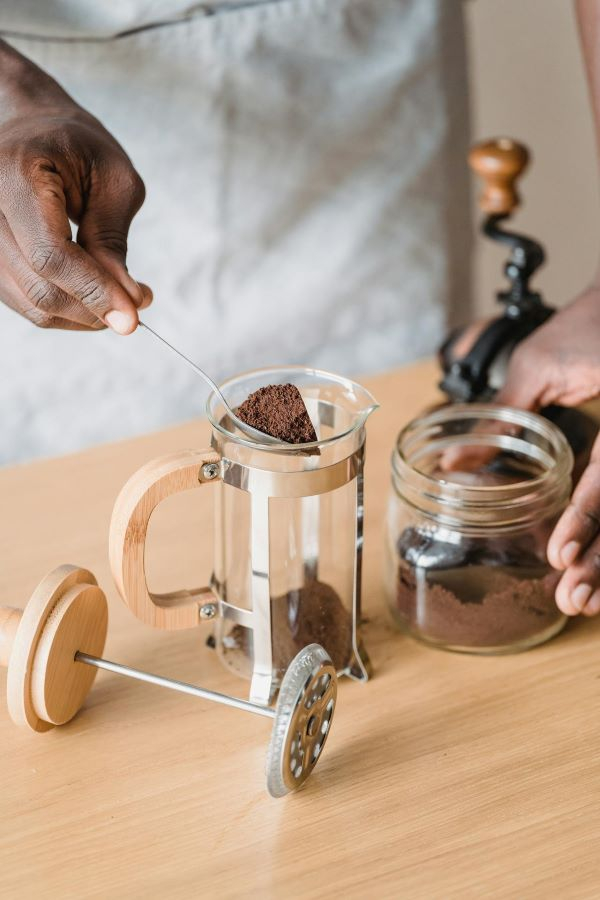
4. Espresso Machines: Barista-Level Coffee at Home
For those who crave strong, café-style coffee, an espresso machine is a game-changer. These machines brew small, concentrated shots of coffee that can be enjoyed on their own or used as a base for lattes, cappuccinos, and other specialty drinks.
How it works:
Water is forced through tightly packed coffee grounds at high pressure, producing a concentrated shot of espresso. Many machines come with steam wands or milk frothers, allowing you to make your favorite coffeehouse drinks.
Who it’s for:
Perfect for serious coffee drinkers who love experimenting with coffee drinks or appreciate bold, concentrated flavors. It's a great choice if you enjoy cappuccinos, macchiatos, and lattes regularly.
Practice Tip:
Keep your espresso machine clean. Regularly descaling the machine and cleaning the group head ensures a perfect shot of espresso every time. Also, practice your milk frothing technique if you’re into lattes and cappuccinos—this can make a huge difference in texture.
Pros:
-
Professional-quality espresso at home
-
Can create a wide variety of drinks
-
Some models include built-in grinders for fresher coffee
Cons:
-
Higher upfront cost
-
Requires practice to perfect espresso shots
-
Takes up more counter space
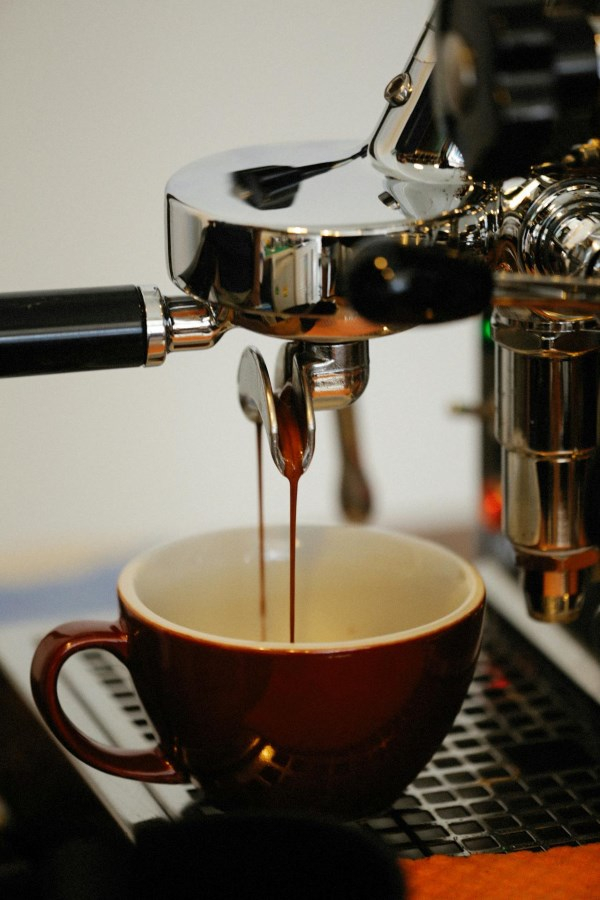
5. Pour-Over Coffee: For the Coffee Connoisseur
Pour-over brewing is a slower, more controlled method that lets you fine-tune the flavor of your coffee. It's a favorite among coffee enthusiasts who want to bring out the subtle flavors and complexities of specialty beans.
How it works:
Place a filter in the dripper, add coffee grounds, and slowly pour hot water over them in a circular motion. The water passes through the coffee and drips into a carafe or mug below.
Who it’s for:
For those who appreciate quality over quantity and enjoy taking their time to brew the perfect cup. If you love experimenting with different beans and grind sizes, pour-over brewing will give you a new appreciation for your coffee.
Practice Tip:
Use a gooseneck kettle to control the flow of water, and experiment with grind size and water temperature to adjust the flavor. It may take a few tries to get it right, but the results are worth it.
Pros:
-
Complete control over the brewing process
-
Produces a clean, flavorful cup of coffee
-
Simple and low-cost brewing method
Cons:
-
Time-consuming
-
Requires some skill to master
-
Not ideal for brewing large batches of coffee
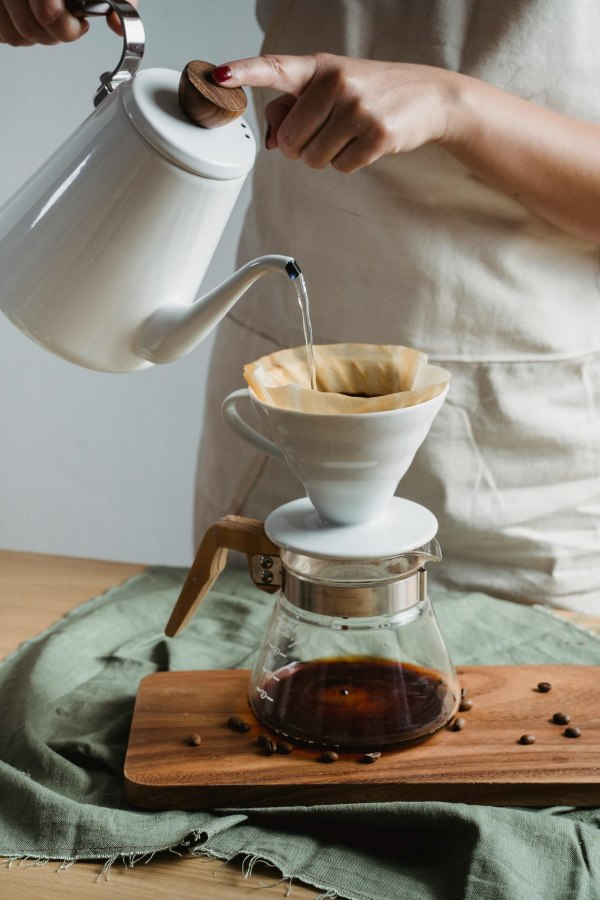
6. Cold Brew Coffee Makers: Cool, Smooth, and Refreshing
Cold brew coffee is made by steeping coffee grounds in cold water for an extended period, typically 12 to 24 hours. This method creates a smooth, low-acid coffee concentrate that’s perfect for iced coffee or diluting with water or milk.
How it works:
Cold brew coffee makers come in various designs, but the general process involves adding coarsely ground coffee and cold water to a container, then letting it steep in the fridge. After steeping, the grounds are filtered out, leaving you with a concentrated brew.
Who it’s for:
Cold brew coffee makers are perfect for iced coffee lovers or those who want a smoother, less acidic cup. They’re also great for people who want to brew coffee in advance and store it in the fridge for easy access.
Practice Tip:
Use a coarse grind and steep your coffee for at least 12 hours for a rich, balanced flavor. For a stronger brew, extend the steeping time or use a higher coffee-to-water ratio.
Pros:
-
Smooth, rich flavor with less acidity
-
Can be made in large batches and stored for up to a week
-
Perfect for iced coffee lovers
Cons:
-
Long steeping time (requires planning ahead)
-
Not ideal for hot coffee unless diluted and heated
7. Moka Pot: Strong Coffee, Italian-Style
The Moka pot, also known as a stovetop espresso maker, brews a bold, concentrated coffee similar to espresso but with a slightly different flavor profile. It's a classic Italian method that produces rich, strong coffee using only a stovetop.
How it works:
Water in the bottom chamber of the Moka pot heats up and creates steam, which forces water through the coffee grounds in the middle chamber. The brewed coffee collects in the top chamber, ready to be poured.
Who it’s for:
If you love strong coffee but don’t want to invest in a full espresso machine, the Moka pot is an excellent alternative. It’s also ideal for those who appreciate traditional, hands-on brewing methods.
Practice Tip:
For best results, use medium-fine ground coffee and avoid overheating the pot to prevent a burnt taste. Moka pots work best on medium heat, and keeping an eye on the brewing process will ensure the best flavor.
Pros:
-
Affordable alternative to espresso machines
-
Compact and portable
-
Produces rich, strong coffee
Cons:
-
Requires careful attention during brewing
-
Not as versatile as a full espresso machine
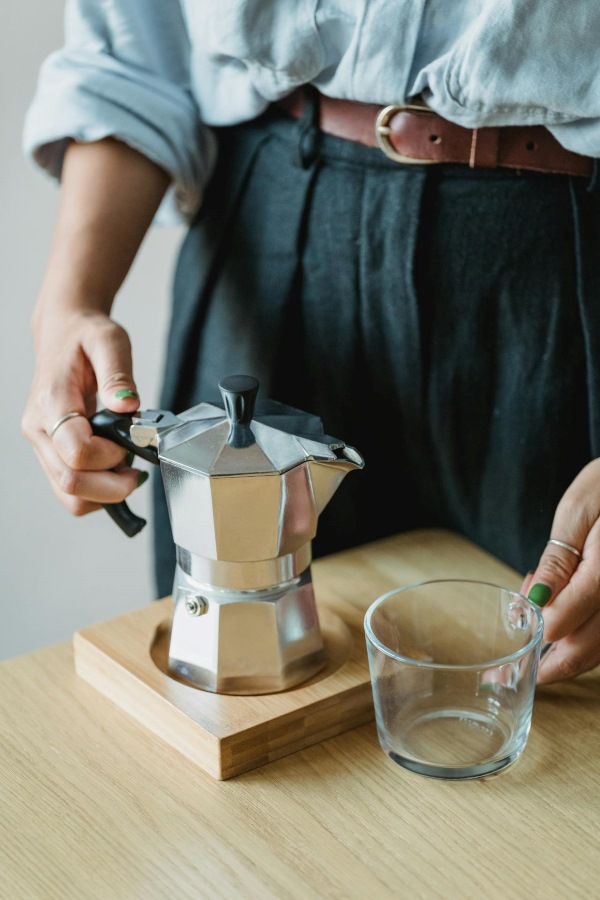
Choosing Your Perfect Coffee Maker
When picking the right coffee maker, it’s all about aligning your preferences with your lifestyle. Here’s a quick summary to help guide your decision:
-
For convenience and speed: Single-serve pod machines or drip coffee makers are your best options.
-
For flavor and control: Go with a French press or pour-over method.
-
For café-style coffee: Espresso machines and Moka pots will give you that rich, bold flavor.
-
For iced coffee lovers: Cold brew coffee makers provide a smooth and refreshing cup.
No matter which coffee maker you choose, you'll be able to enjoy that perfect cup of coffee in the comfort of your home. The right machine can elevate your morning routine, whether you’re brewing a quick cup on a busy weekday or taking your time to craft a rich espresso on a slow Sunday morning.


